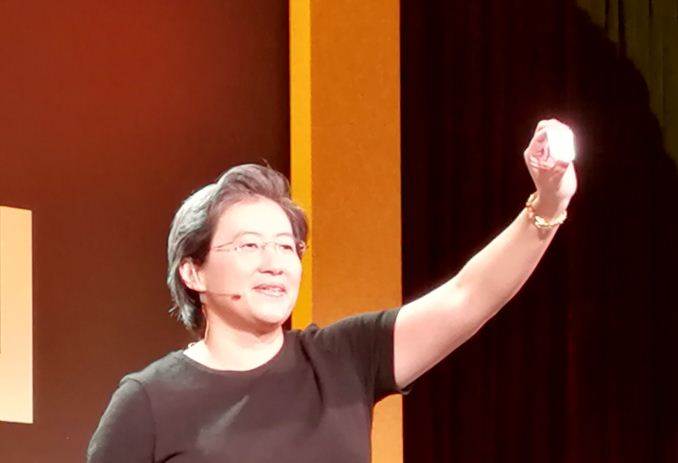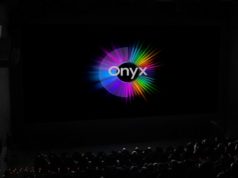AMD held a Tech Day a week before the launch of Zen to go over the details of of the new Ryzen product with the technology press. As part of these talks, we were able to secure Dr. Lisa Su, the CEO of AMD, for 30 minutes to discuss Zen, Ryzen, and AMD.
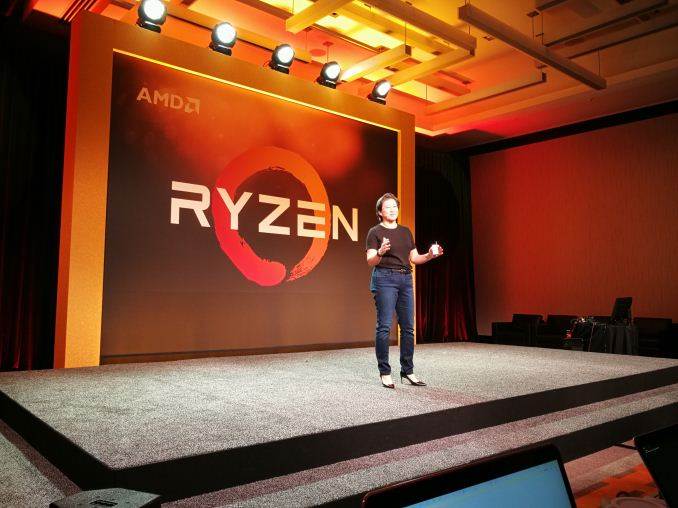
Profile:
Dr. Lisa Su, CEO of AMD. Born in Taiwan and educated at MIT, Dr. Su comes fully equipped with a Bachelors, Masters, and Ph.D. in Electrical Engineering. Before AMD, Dr. Su had appointments as CTO of Freescale Semiconductor, Director of Emerging Products at IBM, and a stint at Texas Instruments. It was at IBM that Dr. Su worked alongside Mark Papermaster, who is currently AMD’s CTO. Dr. Su was initially hired as SVP and GM at AMD, overseeing the global business units, and became CEO/COO in 2012. A rare occurrence (unfortunately), but Dr. Su is one of a small handful of female C-Level Executives in the semiconductor industry. Dr. Su is consistently highly ranked in many ‘top people to watch’ lists of technology industry visionaries.
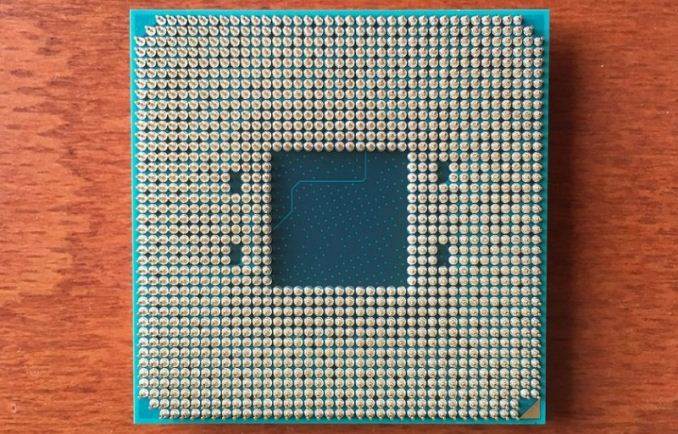
The pin-layout of Ryzen
Ian Cutress: Congratulations on formally releasing Zen!
Q1: Both yourself and AMD officially have explicitly stated that AMD has needed to return back to the high-performance CPU market. We can all assume that there are still many hurdles ahead, but is getting Zen into retail silicon the spark that sets off the rest of the roadmap?
Lisa Su: I think launching Zen in desktop was a big big hurdle. That being said we have many others to go, and as you can imagine how happy I am. I know I’m only as good as my last product, so there’s a lot of focus on: Vega, Naples, Notebook, and 2018.
Q2: When we speak to some companies, they’ll describe that internally they have engineers working on the next generation of product, and fewer engineers working for the product after that, and continuing on for three, five or up to seven years of products. Internally, how far ahead in the roadmap do you have engineers working on product and product design?
LS: It’s at least 3 to 4 years. If you look at what we have on CPU and GPU, we have our roadmap out to 2020. It’s not set in stone, but we know the major markets and we adjust timings a quarter here or there as necessary.
Q3: A lot of analysts widely regard that rehiring Jim Keller was the right move for AMD, although at the time AMD was going through a series of ups and downs with products and financial issues. Was the ‘new’ CPU team shielded from those issues from day one, or at what point could the Zen team go full throttle?
LS: If I put credit where credit is due, Mark Papermaster had incredible vision of what he wanted to do with CPU/GPU roadmap. He hired Jim Keller and Raja Koduri, and he was very clear when he said he needed this much money to do things. We did cut a bunch of projects, but we invested in our future. Sure we cut things, but it was very clear. A note to what you said about Jim Keller though – he was definitely a brilliant CPU guy, but he was a part of that vision of what we wanted to do.
Q4: With Bulldozer, AMD had to work with Microsoft due to the way threads were dispatched to cores to ensure proper performance. Even though Zen doesn’t have that issue, was there any significant back-and-forth with Microsoft to enable performance in Windows (e.g. XFR?)
LS: Zen is a pretty traditional x86 architecture as an overall machine, but there is optimization work to do. What makes this a bit different is that most of our optimization work is more on the developer side – we work with them to really understanding the bottlenecks in their code on our microarchitecture. I see many apps being tuned and getting better going on as we work forward on this.
Q5: How vital was it to support Simultaneous Multi Threading?
LS: I think it was very important. I think it was very complicated! Our goal was to have a very balanced architecture. We wanted high single threaded performance, and SMT was important given where the competition is. We didn’t want to apologize for anything with Zen – we wanted high single thread, we wanted many cores, but sorry we don’t have SMT? We didn’t want to say that, we wanted to be ambitious and give ourselves the time to get it done.
IC: Can you have your cake and eat it too?
LS: Yes! The key is to help the team to believe it can be done.
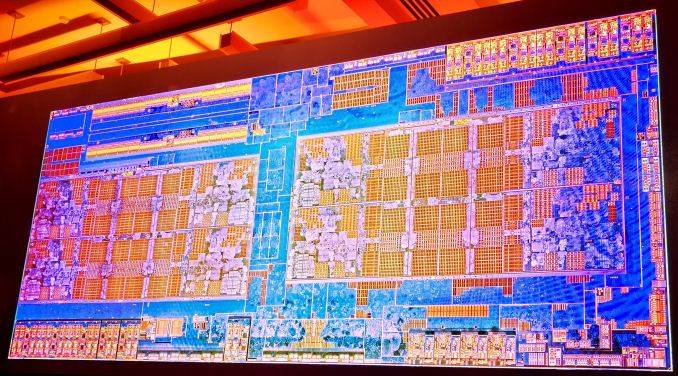
Q6: It has been noted that AMD has been working with ASMedia on the chipset side of the platform, using a 55nm PCIe 3.0×4 based chipset. Currently your competition implements a large HSIO model that can support up to 24 PCIe 3.0 lanes, albeit with limited bandwidth, but enables extensive networking, PCIe storage, and other features. What does AMD need to do to reach semi-parity for I/O ?
LS: I think we will continue to want a rich ecosystem. On the chipset side we may not develop the chipsets ourselves but we certainly want to be in partnership with others to develop a wide set of IO. I think if you look at the set of motherboard partners that we have, and the extensive testing we’ve done with them, I would expect that as we gain some market share in the high-end, you will see that system build up.
Q7: A couple of years ago, AMD’s market value was lower than its assets. Today, it is trading over $10. A cynic would say that the increase has been a good Polaris launch combined with recent marketing cycles slowly giving out small bits of information. What’s your response to AMD’s recent share price rise over the past 12 months?
LS: My view is that I can never predict the market, so I never try! The market has a mind of its own. But what I can say is that we had some very key fundamentals. We are in key markets like the PC market, the cloud market, the infrastructure market, gaming – these are big big markets. They are growing too – I think that the markets we are in are good. We had to convince people fundamentally that we could execute a competitive roadmap and 18 months ago I’d say people didn’t really believe. They thought ‘ah well, maybe’, but ‘we don’t know’ is a power point. Over the past 6-9 months we’ve proven that we can gain graphics share, with the launch of Polaris, and with the launch of Ryzen I think you’ll see that we can convince that we can execute on high performance CPUs. Importantly our customers have become convinced too. The key thing with our customers is that when it was a power point, they weren’t sure: it was interesting, but it could have been six months late or have 20% less performance. When we actually gave them samples, they were actually like ‘Wow, this is actually real!’ and they started pulling in their schedules. So when you ask me about investors it’s something like that. I think people want some proof points to believe they can trust us and that if we execute that we’ll do ok.
Q8: Do you find that OEMs that haven’t worked with AMD are suddenly coming on board?
LS: I will say that we have engagements with every OEM now on the high-performance space. Twelve months ago, a number of them would have said that they don’t have the resources to do multiple platforms. So yes, I think momentum helps in this space.
Q9: At Intel’s recent Investor Day we learned that future chips will incorporate multiple dies on the same package. This allows a semiconductor firm to focus on smaller chips and potentially better yields at the expense of some latency. Given what we predict will happen, what is your opinion on having large 600mm2 silicon? Is there a future?
LS: There has been a lot of debate on this topic. I find it a very interesting debate. Certainly on the graphics side we view High Bandwidth Memory (HBM) and the ability to get that interconnect between the GPU and memory to be extremely differentiating. So certainly we will use that throughout our graphics roadmap. If you look at our CPU roadmap, I do think there’s a case to be made for multi-chip modules. It depends on the trade-offs you have to do, the bandwidth requirements you have, but yes as the process technology becomes more complicated, breaking up the tasks does make sense.
Q10: With high-end GPUs, we commonly approach 250-300W power consumption. Why has the CPU stalled around 75-140W by comparison? Does AMD ever look to designing a CPU that actually aims for a power/efficiency sweet-spot north of 200W? Why hasn’t the high-performance CPU market gone and matched the GPU market in power consumption?
LS: That’s a good question, let me see if I’ve thought about that. I think we’re limited by other things on the CPU side. I think we’re limited by some reliability.
IC: But if you engineer for a specific power window…
LS: Sure but if you think about it, GPUs tend to be a lot more parallel, so that’s what drives the power. With CPUs, you might argue with me about whether you actually need eight cores, or not! I have to think about that answer, but I think that’s the right one – the difference between a very parallel machine and one that is less parallel.
Q11: Despite the differences, a lot of fingers point to the Zen microarchitecture floorplan and see significant similarities in the layout with Intel’s Core microarchitecture. Without a fundamental paradigm shift, it seems we might be ‘stuck’ (for lack of a better term) with this kind of layout for perhaps a decade. How does AMD approach this, given your main competitor can easily invest in new seed firms or IP?
LS: The way I look at it, and I get asked this question very often (sometimes phrased a bit differently) – your competition can invest so much more than you can, how can we be competitive? I think the simple answer is in that yes we are smaller, but I think that we are also more focused. I think that sometimes with constraints comes creativity and so when you’re talking about what processors look like 5-10 years from now, if you look at the innovation in the last 10 years , a bunch of that…
